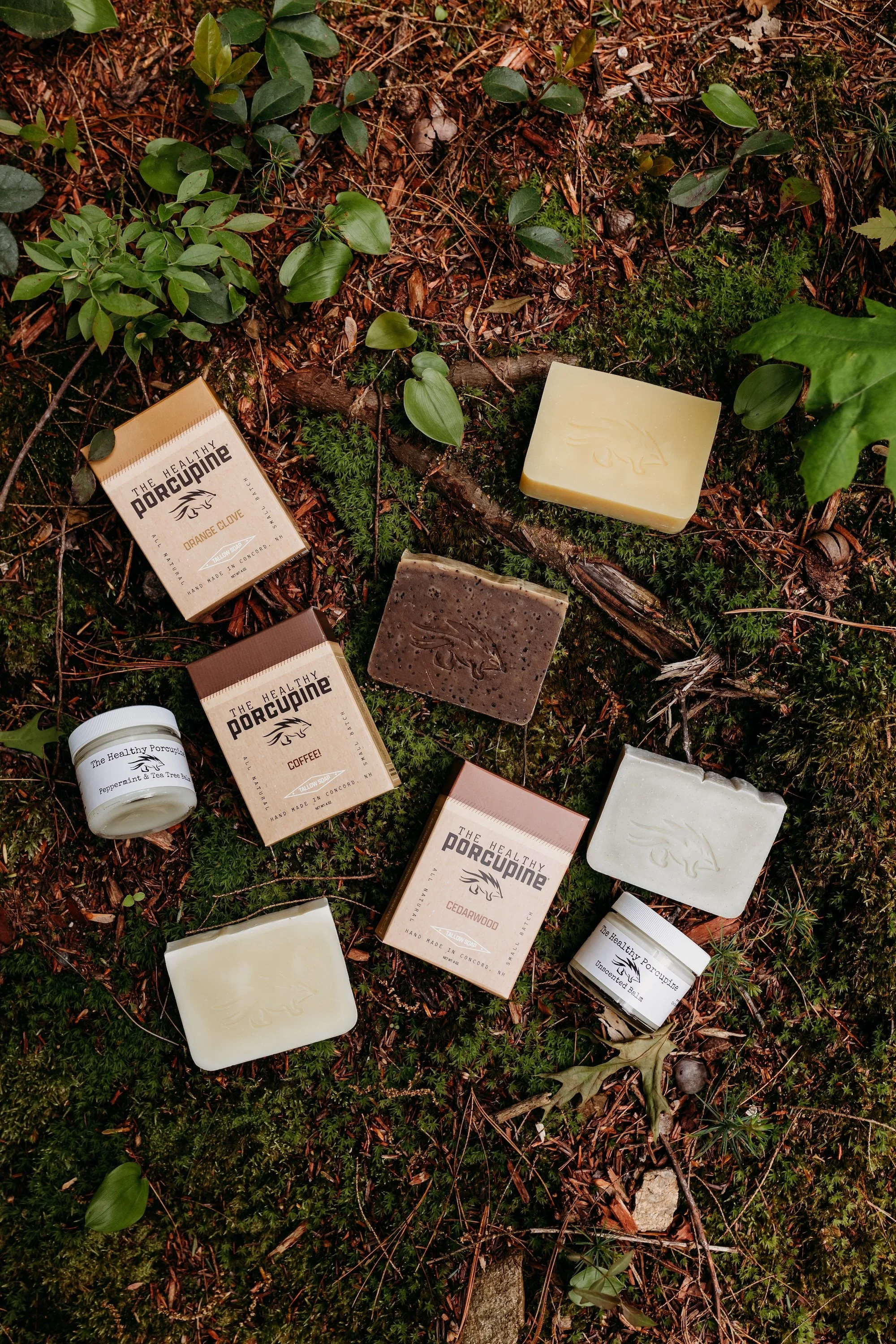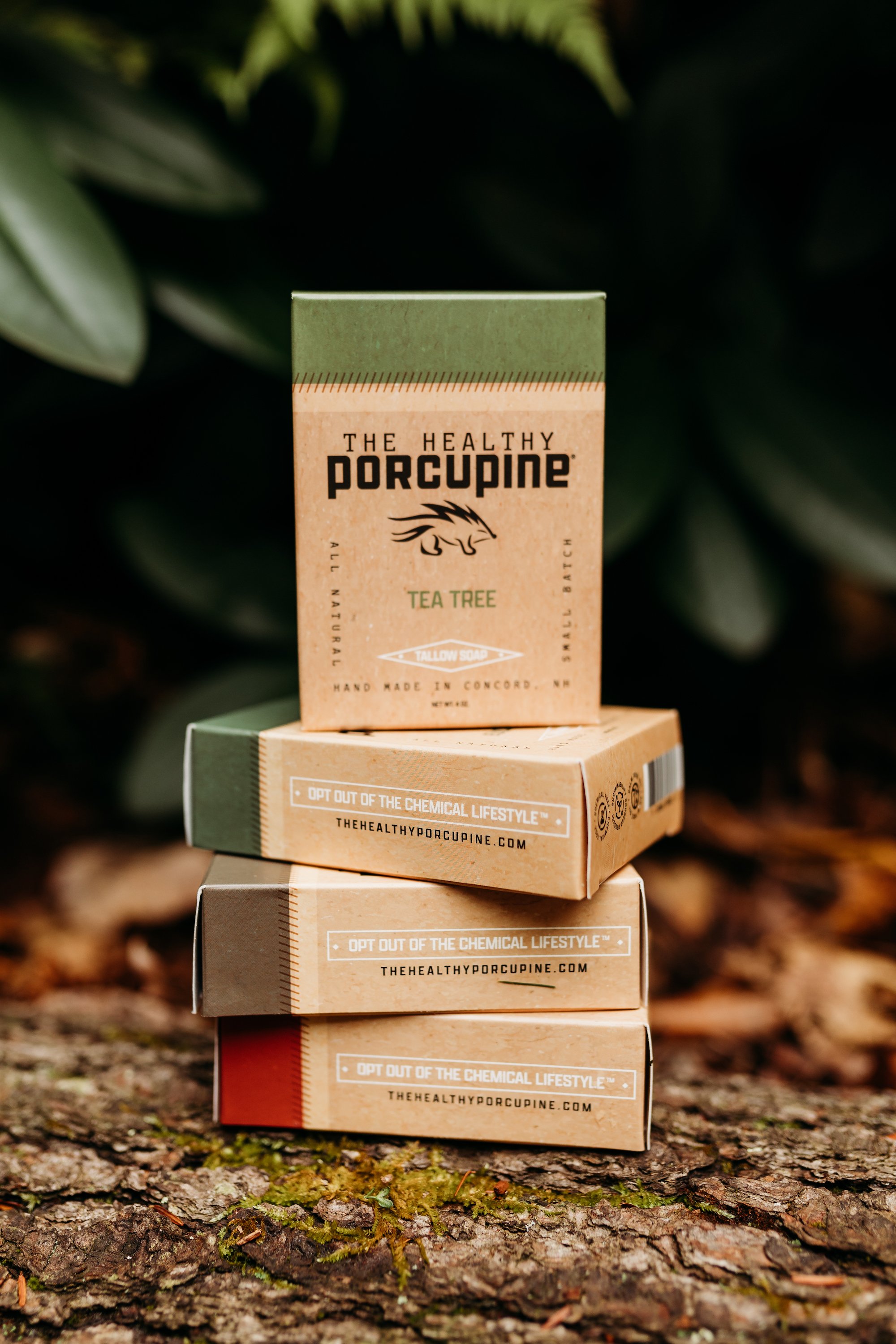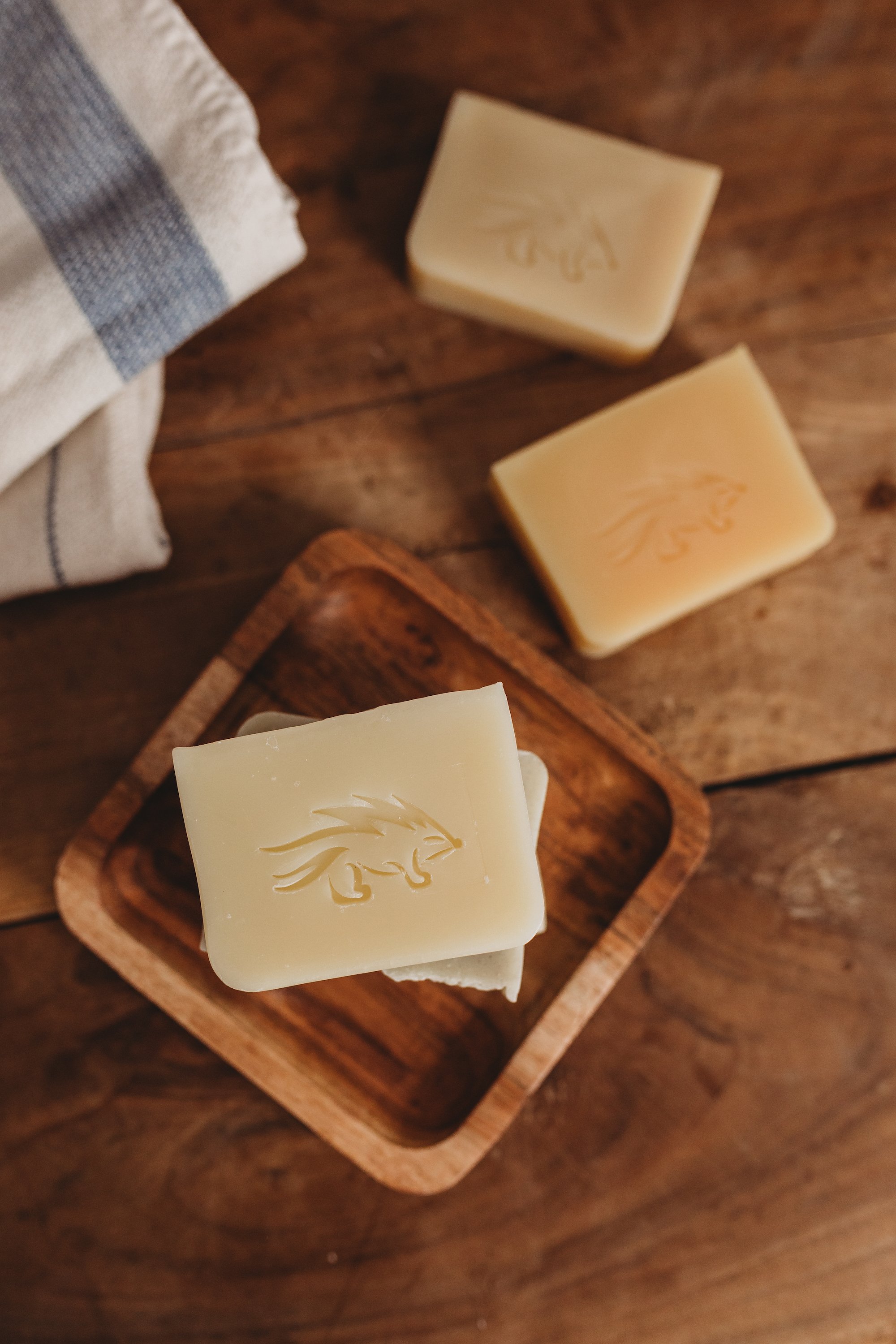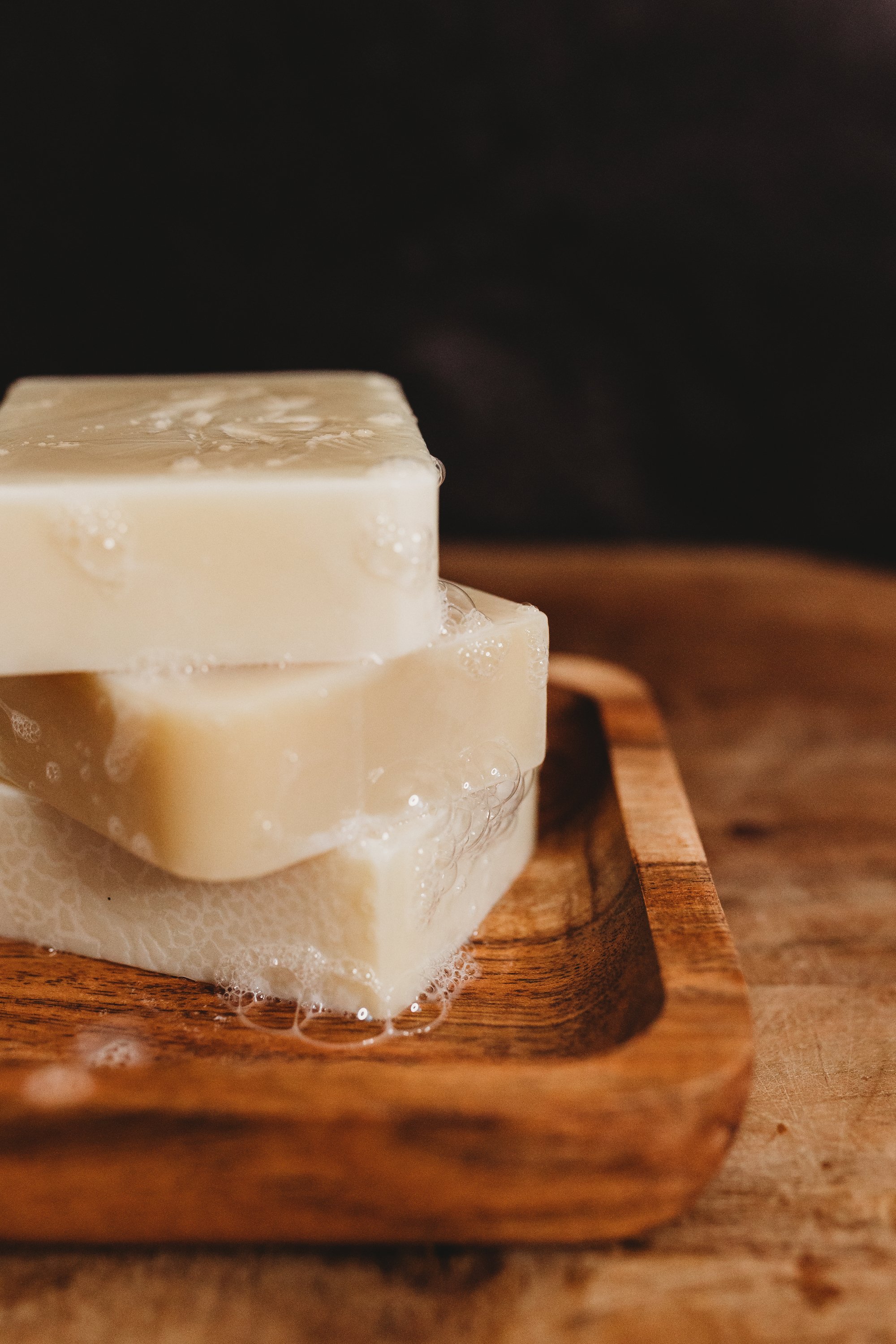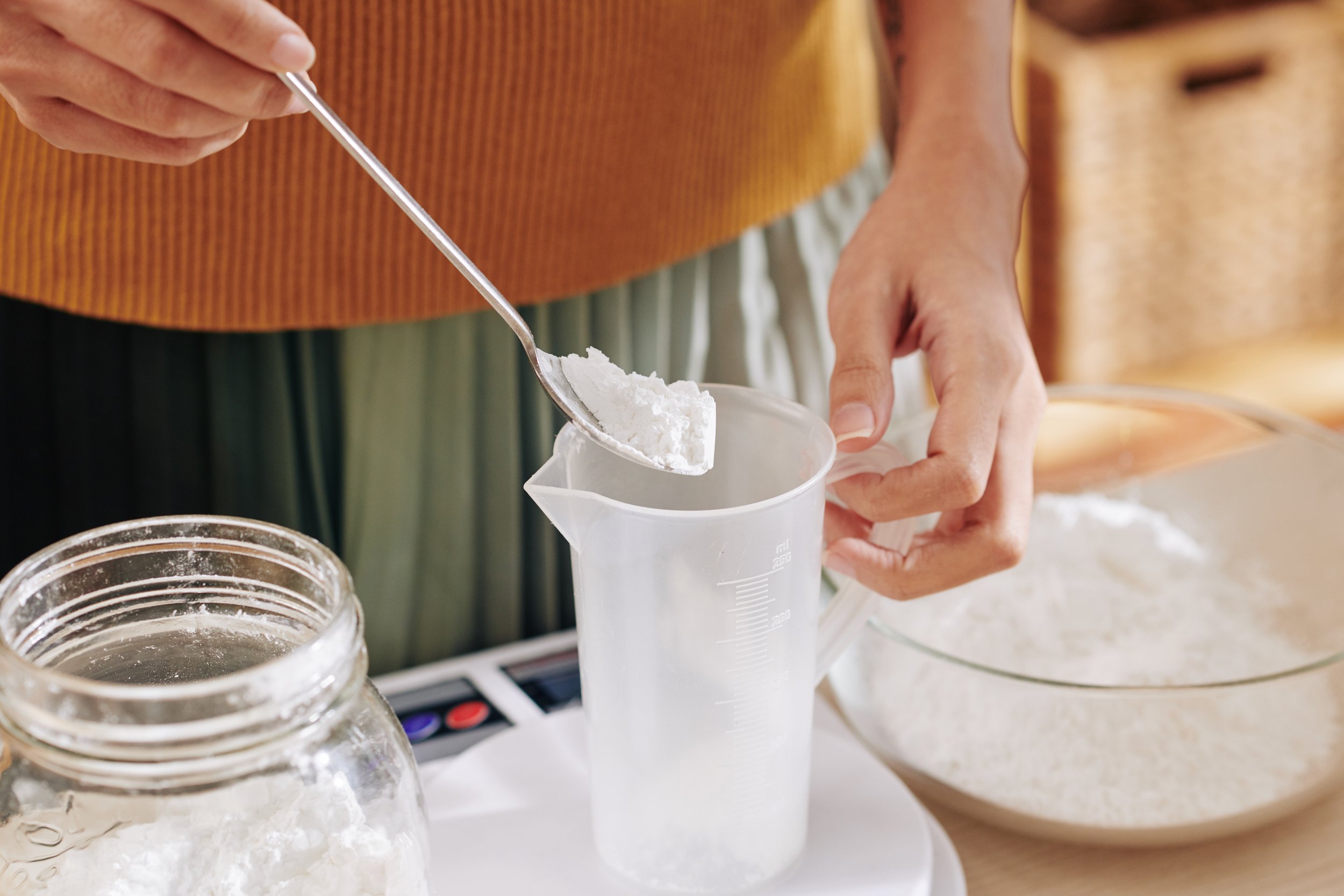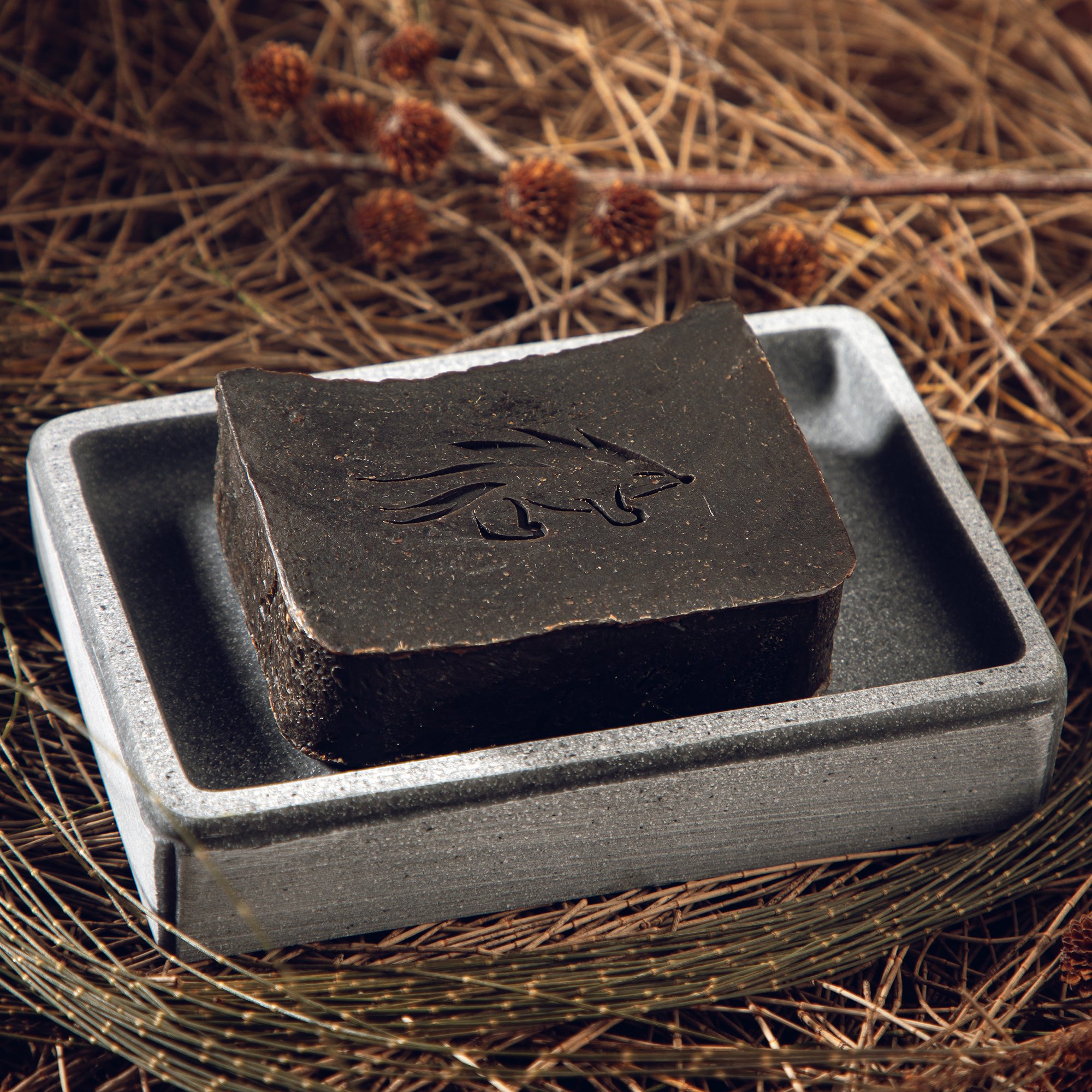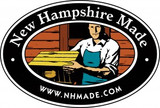As the air gets cooler and the days a little shorter, our skin starts craving extra care, and that means finding the perfect soap and balm pairing to keep it soft, smooth, and comforted. At the Healthy Porcupine, we believe the best skincare routines are simple, effective, and natural. Whether you’re getting ready for cozy nights in or looking ahead to gift season, these soap and balm combinations will keep your skin healthy and happy all through November.
And with Small Business Saturday coming up at the end of the month, consider this your sneak peek at a few customer-favorite duos to add to your wish list or to treat someone special during the sale!
For working hands: Pumice tallow soap + Pure tallow balm
Our Pumice tallow soap is tough on dirt but gentle on skin, making it perfect for gardeners, mechanics, or anyone tackling fall cleanup. Follow up with our Pure tallow balm to lock in moisture and help cracked or dry skin repair overnight. Together, they make the ultimate combo for hardworking hands.
For a warm, comforting cleanse: Orange Clove tallow soap + Pure tallow balm
The blend of spicy clove and bright orange feels like autumn in a bar. Paired with our Pure tallow balm, this duo wraps your skin (and your senses) in comfort. It’s ideal for winding down after a chilly day or gifting to someone who loves cozy seasonal scents.
To refresh & restore: Lavender and Tea Tree tallow soap + Peppermint & Tea Tree tallow balm
When your skin (and mind) need a little reset, this combination delivers calm and clarity in equal measure. Our Lavender & Tea Tree tallow soap brings together the soothing floral notes of lavender with the purifying power of tea tree. It’s a refreshing, balancing duo that helps cleanse without stripping moisture. Follow with our Peppermint & Tea Tree tallow balm for a cool, invigorating finish that helps calm irritation and support skin recovery.
For sensitive skin: Pure tallow soap + Unscented tallow balm
Simple, gentle, and fragrance-free, this pairing is perfect for anyone who wants pure nourishment without additives. It’s especially soothing for babies, sensitive skin types, or those who prefer a minimalist routine.
For a little everyday luxury: Lavender & Spearmint tallow soap + Lavender tallow balm
Bring a touch of calm and comfort to your daily routine with this soothing, floral pairing. Our Lavender & Spearmint tallow soap blends relaxing lavender with the refreshing lift of spearmint, a perfect balance that clears the mind and softens the skin. Follow with our Lavender tallow balm, a rich, aromatic moisturizer that locks in hydration and leaves behind the gentle scent of fresh lavender. Together, they create a serene self-care moment that turns even the simplest routine into something special.
To brighten & energize: Lemongrass tallow soap + Peppermint & Tea Tree tallow balm
For those mornings when you need a burst of energy, this vibrant pairing awakens the senses and refreshes the skin. Our Lemongrass tallow soap delivers a naturally uplifting cleanse — bright, citrusy, and invigorating — leaving your skin feeling clean and your mind renewed. Follow with our Peppermint & Tea Tree Tallow Balm, which cools, soothes, and seals in moisture while offering a refreshing finish.
As we prepare for Small Business Saturday, now’s a great time to note your favorite combinations, plan your gifts, or even restock your own shelves. Keep an eye out for our upcoming Small Business Saturday Sale. We will share the details with you soon!

